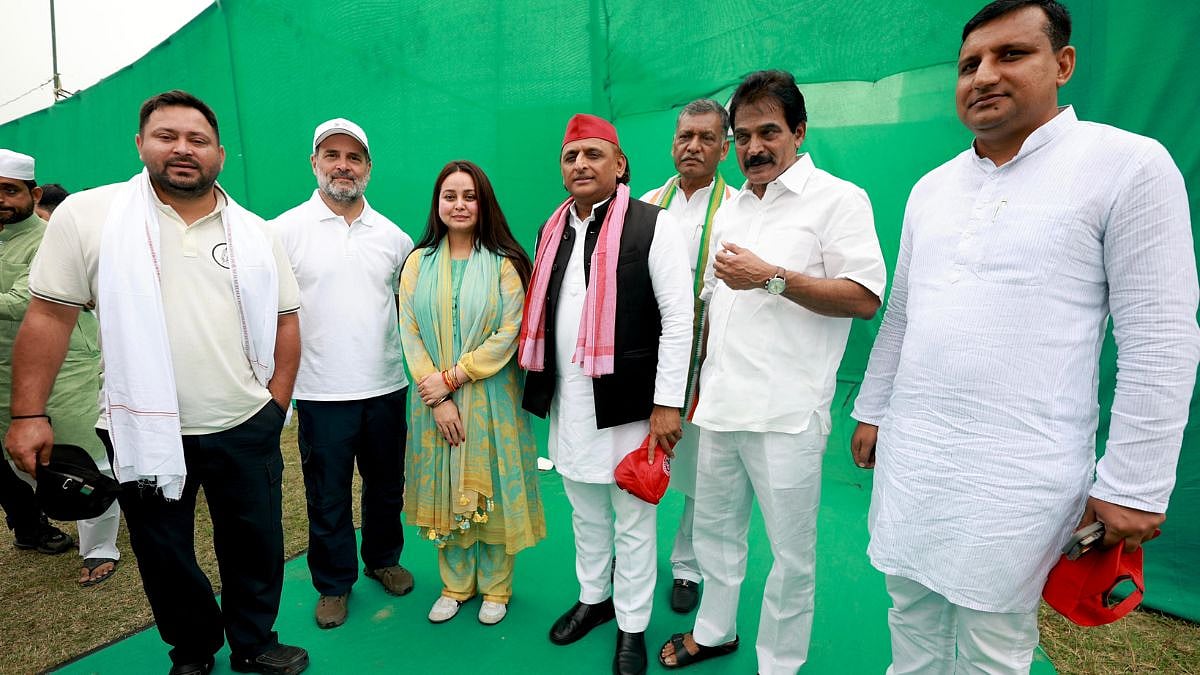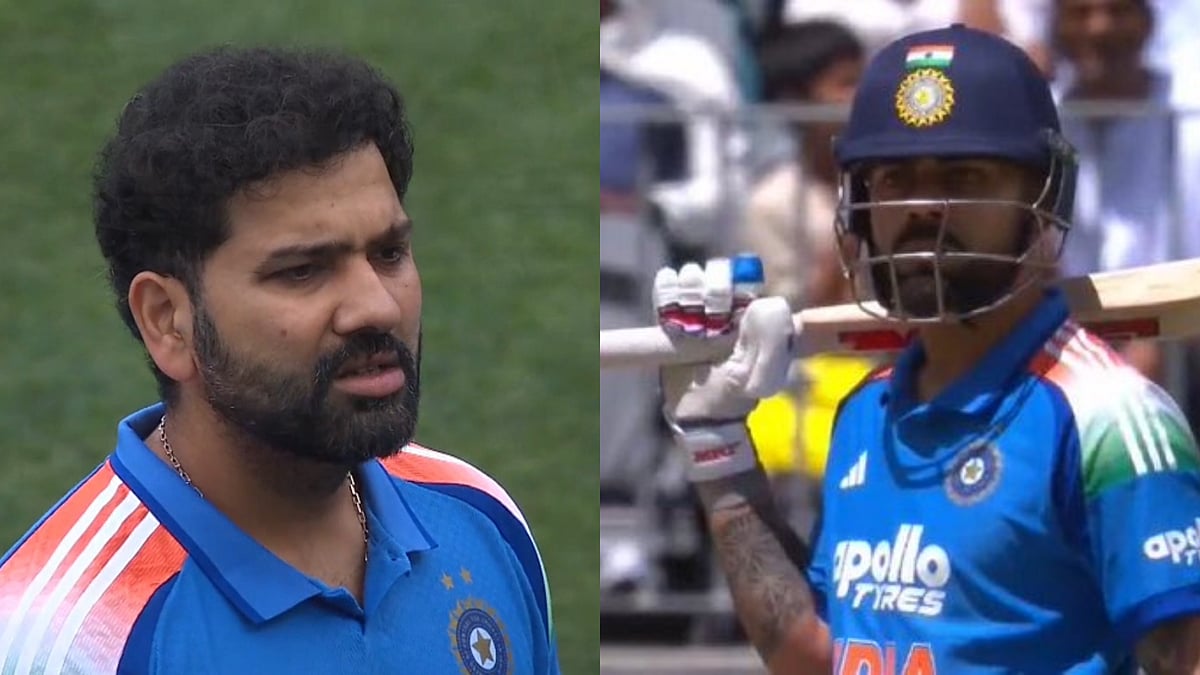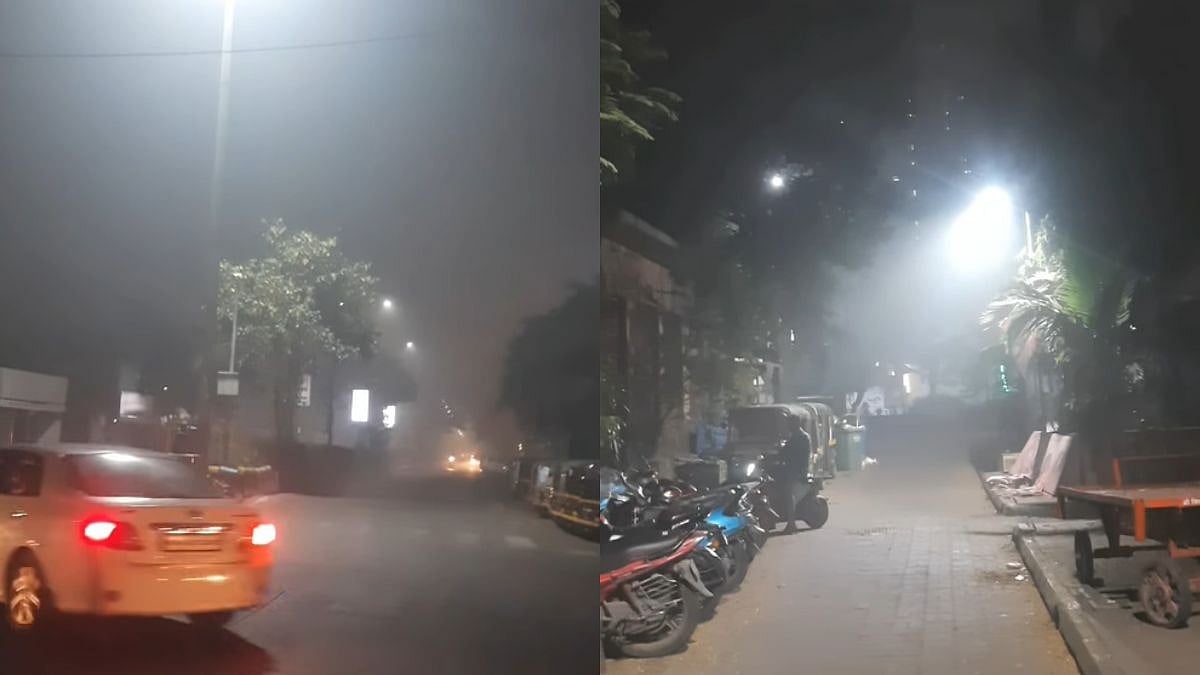“The coastal road is a car-centric solution, not addressing the maximum modal share of pedestrian transport or even trains or buses… Addressing the problems of the weaker section and dealing with low-cost solutions should be the first target,” said Roshni Udyavar, environmental architect and the HOD of Environmental Architecture at Rachana Sansad School of Architecture. Talking to FPJ correspondent Eeshanpriya M S, she expressed further views about Mumbai’s proposed coastal road project.
Q. What is the most important thing people need to know about the proposed coastal road?
The proposed coastal road is being purported as a solution to relieving the city’s congested roads and thereby reducing air pollution. It is also suggested as a measure to increase open spaces by seafront promenades next to the proposed transport corridor.
Q. What according to you are the advantages of the proposed coastal road?
The coastal road is a car-centric solution. If the number of cars has increased by 137 per cent and two wheelers by 306 per cent in the last 14 years in the city, the coastal road will ensure greater growth as the additional road space will induce further demand.
Q. Is the proposed coastal road really going to help the city in ways promised by the government?
Like I said above, as the number of cars increases, infrastructure such as parking will prove inadequate in the city center. Already, monumental structures (10 to 13 floors of parking in residential buildings!) are being raised for the purpose of housing cars in a city where real estate rates are reaching the sky. The increasing numbers of cars and their parking lots as well as parking along roads and on footpaths have already de-humanised the city. Even pedestrians walking on footpaths are not safe anymore. Further, it will defeat the very purpose of decongestion and reducing pollution, as more cars will increase and not decrease pollution in the city. This is also highly unsustainable as the country imports nearly 70 per cent of its oil (3.8 million barrels of oil per day in 2013), mostly for transportation. This exposes the country to the fluctuating global market and dollar.
Q. How does the proposed coastal road project affect the average Mumbaikar?
The preparatory studies for the Greater Mumbai DP indicate that 51 per cent of modal share is pedestrian transport, while 25 per cent is train, 12 per cent is bus, 5 per cent is rickshaw/taxi and 2 per cent is car. It seems that the entire infrastructure of the proposed coastal road on stilts and through tunnels is targeted towards the 2 per cent modal share of cars while not addressing the maximum modal share of pedestrian transport or even the train or bus. With just about 18 exits/entries planned along an approximate 30-km stretch, it is certainly not suitable for bus transport which needs to halt at regular intervals and will also not be convenient for bus users as feeder transport such as taxis or auto rickshaws will be required to carry people to their final destination, thereby increasing the final cost of commuting. The best international urban practices show that most countries — Germany, Denmark, UK, Netherlands — are moving towards creating car-free city centres, in a move to humanise them. The plan for the coastal road mentions the increase of open spaces. It is not clear how access to these open spaces will be provided. Many of the present sea-facing properties are likely to have no access to a sea view. Most cities in Europe are now pedestrianising their water-fronts — putting people before cars.
Q. What according to you is the environmental impact of this project?
If the reclamation option is chosen, being the cheapest of the three options, at least 100 m of seaward land will be created. This will surely change the coastal ecology, increasing the sea pressure in some areas, decimating mangroves and affecting beach widths. The reclamation for the Bandra-Worli Sea Link (BWSL) has already stripped the once-verdant beach to a bare minimum strip full of garbage and many coastal structures are facing erosion. In a densely-populated city where beaches serve as recreation spaces, we are endangering the ones that are left and creating artificial open spaces at exorbitant costs. This makes neither ecological nor economical sense.
Q. What are the obvious discrepancies in the coastal road Detailed Project Report?
I do not see justification for spending Rs 8000 crore (perhaps even more) on a transit system that will cater to a minimal amount of the population in Mumbai. It is subsidising the wealthy few at the cost of the majority. Besides, who pays for this, as there is no mention of any tolls?
The Bandra-Worli Sea Link, which was projected to be used by an average 65,000 vehicles per day, is being used by an average of 45,000 vehicles per day and the toll, which is by far the highest in the state at Rs 10 per km, does not suffice for its maintenance. The Coastal Road will prove to be a high-maintenance project. What are the costs to the exchequer?
Besides, have natural disasters such as earthquake and Tsunami been taken into consideration in the planning, it being a coastal city with a moderate to high risk vulnerability for earthquakes?
Q. Would you like to give any suggestions?
Solving Mumbai’s transportation issues is no mean task. We need a multi-pronged approach that considers all the sections of the population and all modes of transportation. Addressing the problems of the weaker section and dealing with low-cost solutions should be the first target..










